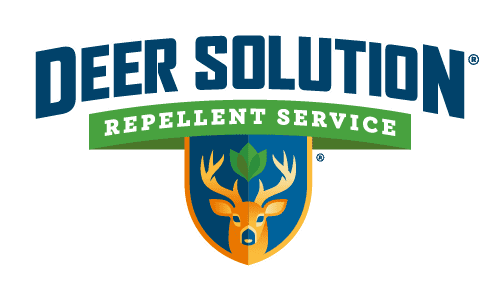Delaware County, PA, much like its neighboring regions, is confronting a significant environmental challenge that resonates across Pennsylvania: the overpopulation of deer. This widespread issue is causing considerable damage to the agriculture and residential gardens in the area.
The Escalating Deer Population and Its Widespread Impact
The increasing deer population in Delaware County mirrors the problems faced by other counties across Pennsylvania. The overpopulation has led to substantial agricultural damage.
The United States Department of Agriculture (USDA) reports that Pennsylvania is among the top states suffering from crop damage directly tied to wildlife. In 2017, the state suffered losses of over $20 million in corn and over $15 million in soybean crops.
These numbers paint a grim picture for farmers, as fields that would typically yield 160-170 bushels of grain corn per acre are now yielding much less due to deer damage. This has a profound impact on farmers’ production and income, pushing many to the brink of making tough decisions, including changing crop selection or even considering exiting the farming business.
Deer Overpopulation’s Effect on Residential Gardens
In residential areas, the increasing deer population is a cause for concern among homeowners who strive for garden deer protection. The deer, causing significant damage not only to crops but also to residential gardens, has become a major concern.
Homeowners are actively seeking effective ways to protect their gardens from deer damage. This search for solutions is indicative of the larger problem at hand and the need for comprehensive strategies to mitigate the impact of deer overpopulation.
Legislative Measures and Community Responses
In response to the challenges posed by deer overpopulation, Pennsylvania has implemented new regulations for hunters to mitigate the spread of chronic wasting disease, a disease affecting deer and elk.
While these regulations don’t directly address crop damage, they are indicative of the state’s ongoing efforts to manage deer populations and related diseases. Such effective deer management is crucial for mitigating the impact on agriculture and residential areas.
Road Safety Concerns
Another critical aspect of the deer overpopulation problem in Delaware County is road safety. The increasing number of deer-vehicle collisions is a major concern, posing risks to drivers and resulting in property damage.
This issue highlights the need for ongoing vigilance and safety measures for motorists, especially in areas known for high deer activity.
Ecological Impacts and Future Outlook
The ecological impact of the overpopulation of deer is also significant. Deer can cause considerable damage to forest understory and other natural habitats, leading to a loss of biodiversity and changes in the ecological balance. This aspect further underscores the importance of effective deer management strategies to preserve the county’s natural ecosystems.
Looking ahead, Delaware County’s efforts to manage deer overpopulation involve continuous adaptation and collaboration among various stakeholders. The goal is to establish sustainable solutions that protect agricultural interests, preserve the natural beauty of residential areas, and maintain ecological health.
As the county continues to tackle this issue, the lessons learned and strategies developed could serve as valuable insights for other communities facing similar challenges.










